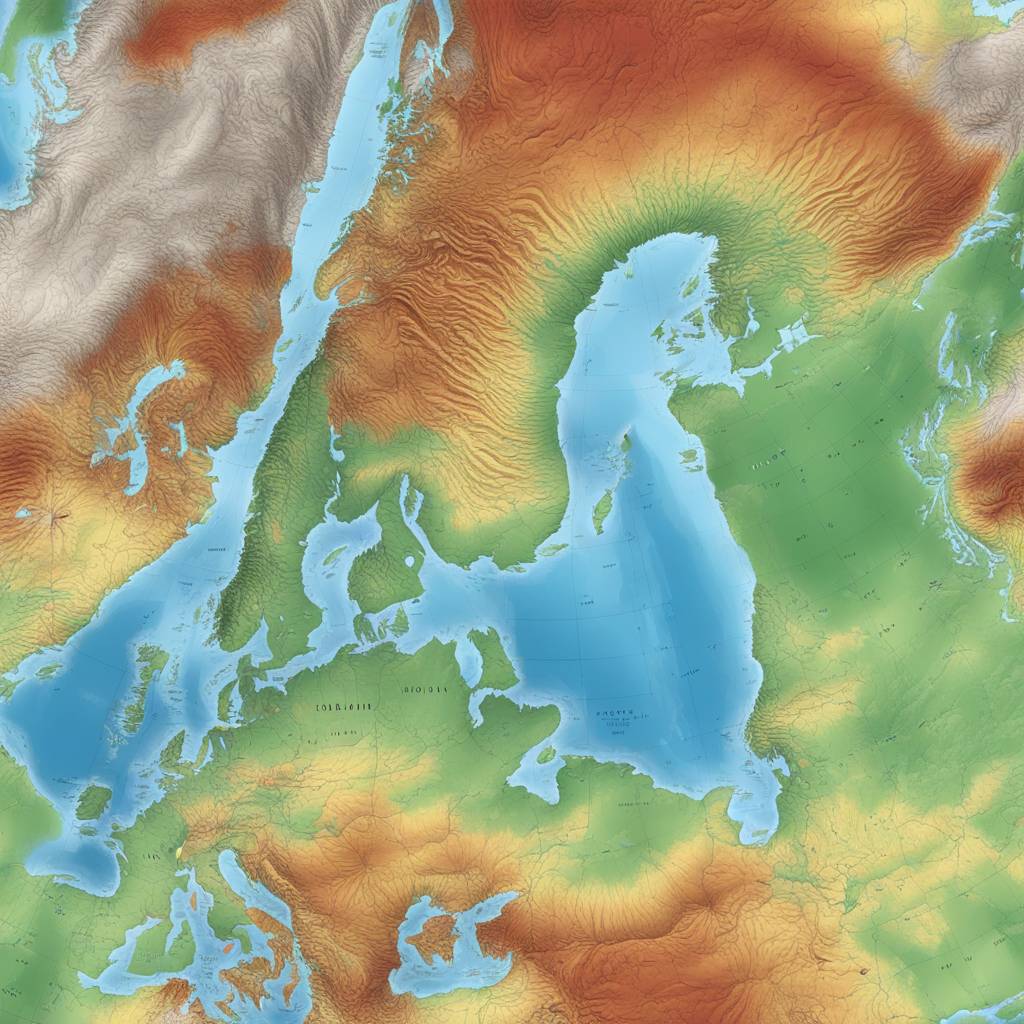A recent study conducted by researchers from the Department of Geosciences and Natural Resource Management in Finland has revealed new insights into the ancient history of Earth’s crust beneath Scandinavia. Through the analysis of zircon crystals found in Finland, the researchers determined that the foundation upon which Denmark and Scandinavia rest was likely born from Greenland over 3.75 billion years ago. This discovery indicates that the oldest part of Earth’s crust beneath Scandinavia originates from Greenland and is approximately 250 million years older than previously assumed.
The chemical fingerprint of the zircon crystals found in Finland closely matches that of some of the oldest rocks on the planet located in Greenland’s North Atlantic Craton. This evidence suggests a strong connection between the bedrock of Scandinavia and Greenland, further supporting the theory that Scandinavia’s foundation was derived from Greenland. The Fennoscandian Shield, or Baltic Shield, under Denmark, Sweden, Norway, and Finland, is believed to have broken away from Greenland as a “seed” and shifted over millions of years until it eventually settled in its current location.
The researchers hypothesize that when the Fennoscandian Shield separated from Greenland, Earth was likely covered in water without oxygen in the atmosphere and lacked an emergent crust. This primordial landscape is vastly different from the Earth as we know it today, with the formation of continents and the presence of liquid water serving as key factors for habitable conditions. The study contributes to the ongoing investigation of how continents formed and provides critical insights into the development of Earth’s geological features that have played a crucial role in supporting life.
The study challenges existing models that suggest Earth’s continental crust began forming when the planet was created approximately 4.6 billion years ago. Instead, the researchers propose that evidence of continental crust growth can only be observed about a billion years later. This finding may necessitate a revision of current understanding regarding the evolution of early continents. Additionally, the study aligns with previous research that has identified similar ancient crustal “seeds” in various regions worldwide, prompting further exploration into the origins and connections of these geological formations.
By tracing the isotopic compositions of lead, hafnium, and oxygen in zircon crystals, the researchers were able to establish a link between the geological history of Scandinavia and Greenland. The study sheds light on the geological evolution of Earth’s crust and the processes involved in the formation and dispersal of continents. Moving forward, the researchers aim to conduct more investigations using similar methods to unravel the mysteries of continent formation across different regions of the world. The findings of this study have been published in the scientific journal Geology, providing valuable insights into the ancient history of Earth’s crust beneath Scandinavia.













